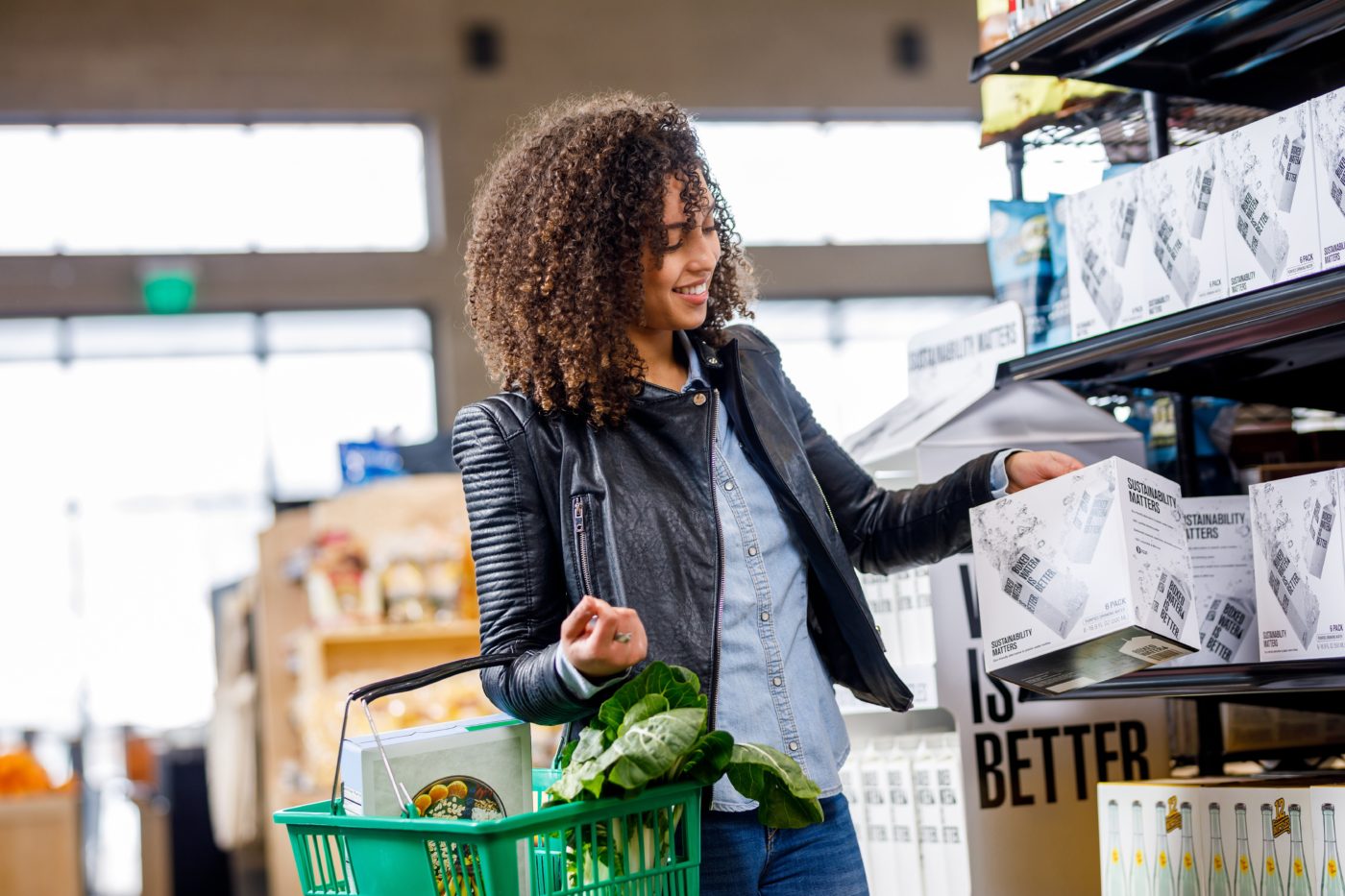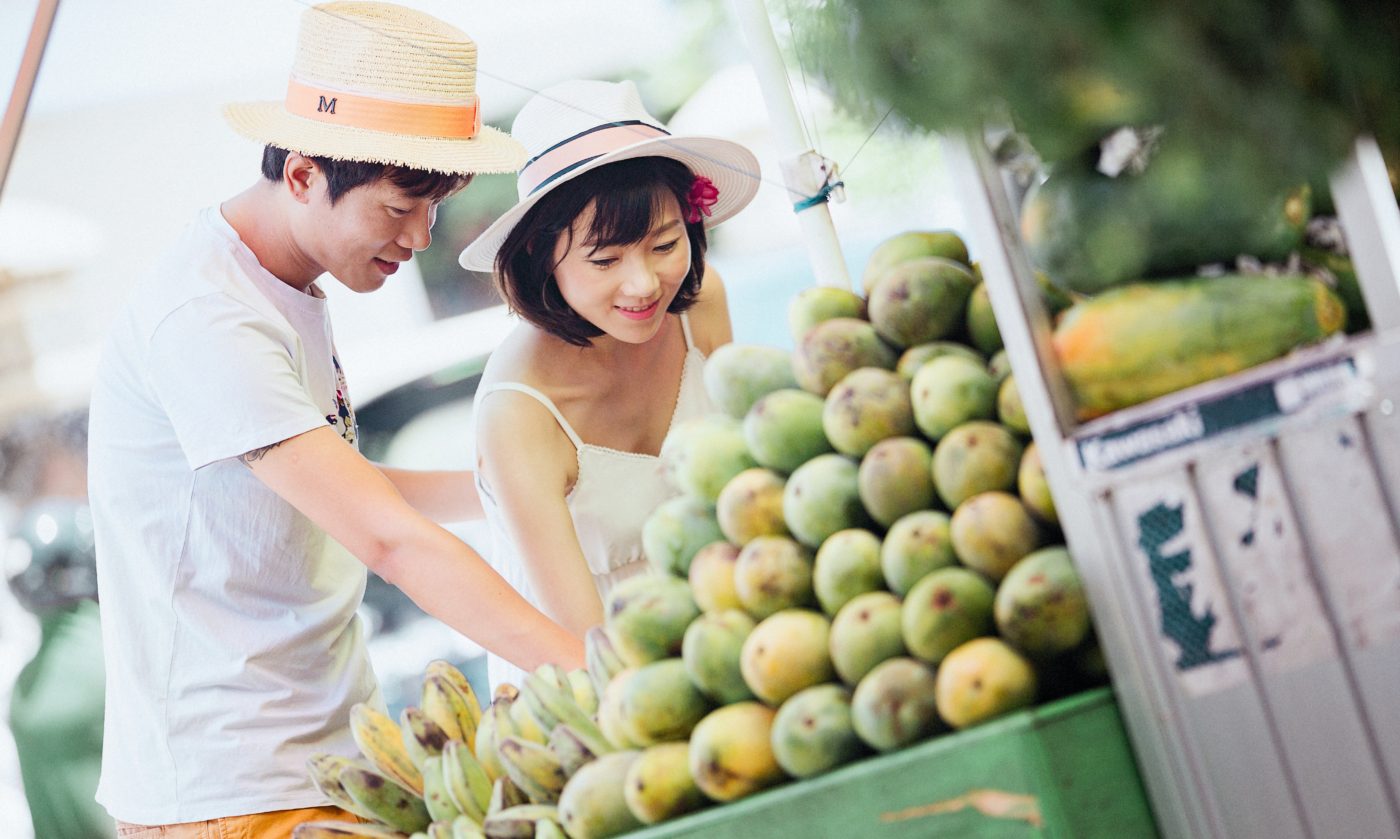观点
The Future of Grocery Retail: Top Five Trends for 2021 & 2022
9 月 2021 / By The Future of Grocery Retail: Top Five Trends for 2021 & 2022, Melissa Gonzalez

Last week we had the pleasure of attending and speaking at Groceryshop 2021 in Las Vegas. One of our first live events in a while, the energy was palpable and the innovations were flowing. It was an absolute joy to connect with so many and share the results of our recent grocery industry survey. If you haven’t yet, you can get your copy of our 2021 Grocery Consumer Survey Insights here.
With so much changing for grocery over the past two years, it’s seemingly impossible to keep up with consumer expectations and demands. However, here are our top five takeaways from what’s important for experience designers to keep in mind as they continue to bring future generations of grocery retail to life:


Incorporating Surprise & Delight
With such a significant shift to online and digital platforms, the in-store grocery experience has a bigger job to do in order to deliver upon surprise and delight. This ties into our survey results, which document consumer’s desire for discovery while in-store.
Delight is the thoughtful touches and speed bumps along the way that foster education and discovery, and are embedded into environments designed to be “in service” of their customers. These could be temporary experiential moments—like what Lionesque Group CEO Melissa Gonzalez presented on stage about Jarlsberg or the Peanut Butter Association—or permanently designed experiences.
Innovative Retail Media
As digital and physical continue to merge, progressive grocers are seeing themselves as media platforms as much as grocers. In the name of inclusion and accessibility, it’s important for brands to make themselves available across all channels for all consumers. With online adoption, there is also a larger opportunity to leverage data and utilize the insights to deliver more personalized content to consumers.
For example, curated recipes, tailored nutrition plans, or even entire stores and brand philosophies dedicated to nutritional health and wellness, beyond what we typically see on a shelf. Raley’s O-N-E stores are a great example. Additionally, as we have seen in our work with Target, some are taking a more holistic approach to the curation of products around life occasions. This approach is also offering CPG brands the opportunity to gain mind share as well as increase their profitability.
Experiential Tech and Personalization
We all know consumer necessity fuels implementation as well as the adoption of technology. AI is seeing more prioritization to inform store teams on recommendations for merchandising, store layout, and more. Convenience and saving time are top priorities for consumers and they want tools that enable this.
For example, Kroger and Instacart—which announced 30 minute delivery to your door—are utilizing AI to better understand demand and forecasting, as well as help with planning. They’re partnering with companies like Anuit.AI to help expand offerings, SKU count availability, and ensure the freshness of groceries. Order accuracy is also a huge focus for grocers, becoming both an issue and an opportunity for building customer satisfaction and confidence. Progressive retailers are looking at systems to improve upon predicting outages and substitutions to better improve this metric.
More unexpected partnerships that enable convenience are on the horizon well, such as what Albertson’s announced with DoubleDash in partnership with restaurants. The use of voice is also seen as an underutilized opportunity that is gaining consideration, and we see a rise in successful grocers that are empowering the in-store associate with data.


Proximity is still important (for numerous reasons)
In the argument to build more in-store experiences, proximity is still a motivator for consumers. Bloomberg cited that, as an established grocer, building more stores to increase consumer proximity is a tested and validated means to not only grow brick-and-mortar sales, but online sales as well. A store close to home is still seen as valuable even if the preferred channel is online delivery, and the cost of consumer preference is worth the price for multi-channel success.
Local is also important when it comes to products that are carried on shelves. Local, which is perceived as more sustainable than other products, including organic ones, offers the often true consumer perception that goods have not traveled as far, and therefore are both fresher and have a smaller carbon footprint. It’s a motivator for consumer decision-making and retailers are reviewing ways to surface suppliers, makers, and growers who are already in their supply chain.

Live Up To Your Brand Promise
It’s more important than ever that brands are standing behind a purpose, in addition to the products they sell. In order to garner customer loyalty, customers want to know you stand behind them, behind your staff, and behind your values.
Giving back to the local community—another growing trend in grocer brand promises—is favored 42% by Gen Z and Millennial consumers. Only 38% of consumers polled thought their grocer was giving back to the community.
A commitment to sustainability (action, not just words), a diverse selection of products, and inclusive accessibility are all at the top of the list when it comes to what consumers today are valuing from their grocers.
__________
Want to learn more? Find out what consumers expect from their grocers, both now and in the future, with our 2021 Grocery Consumer Insights Report.